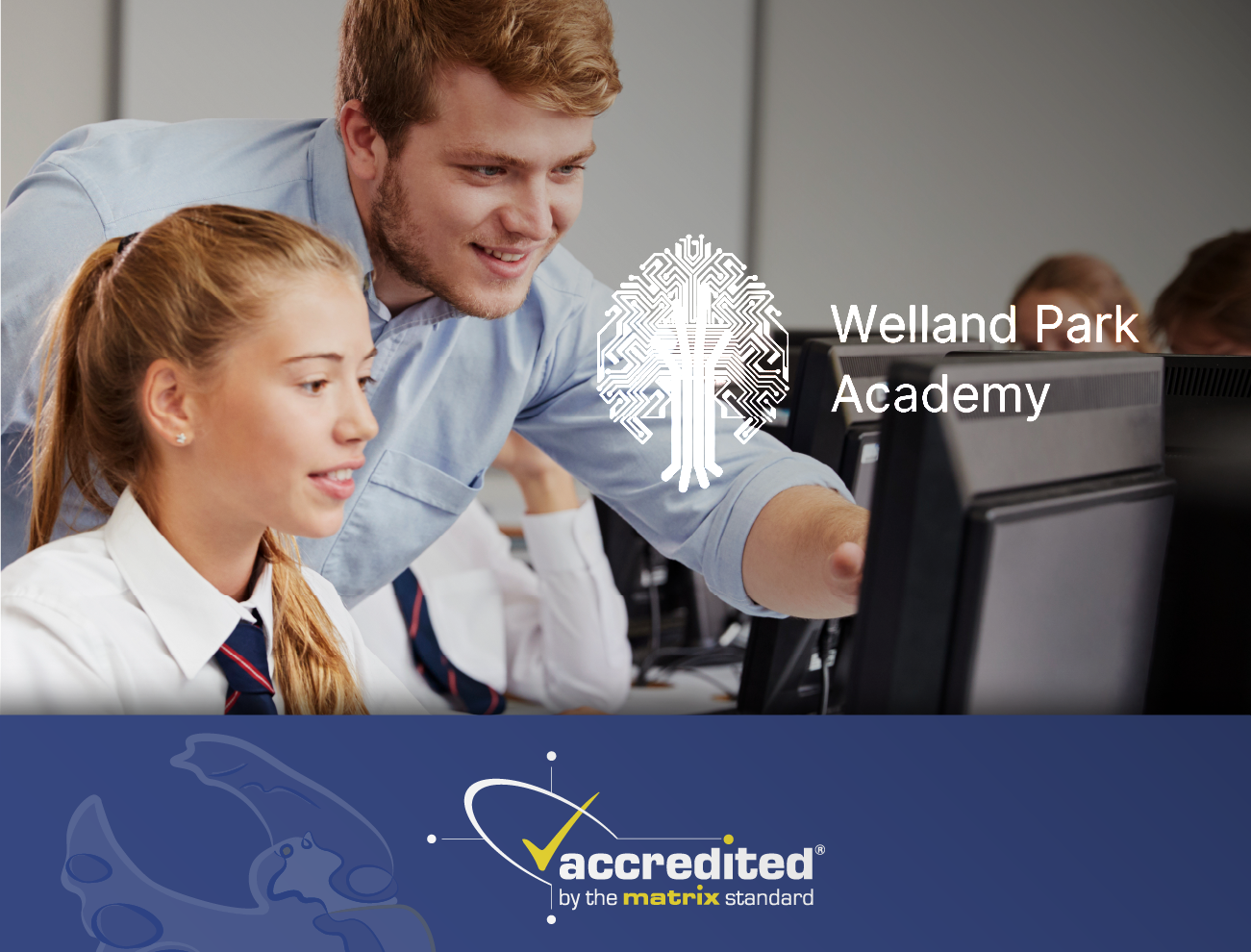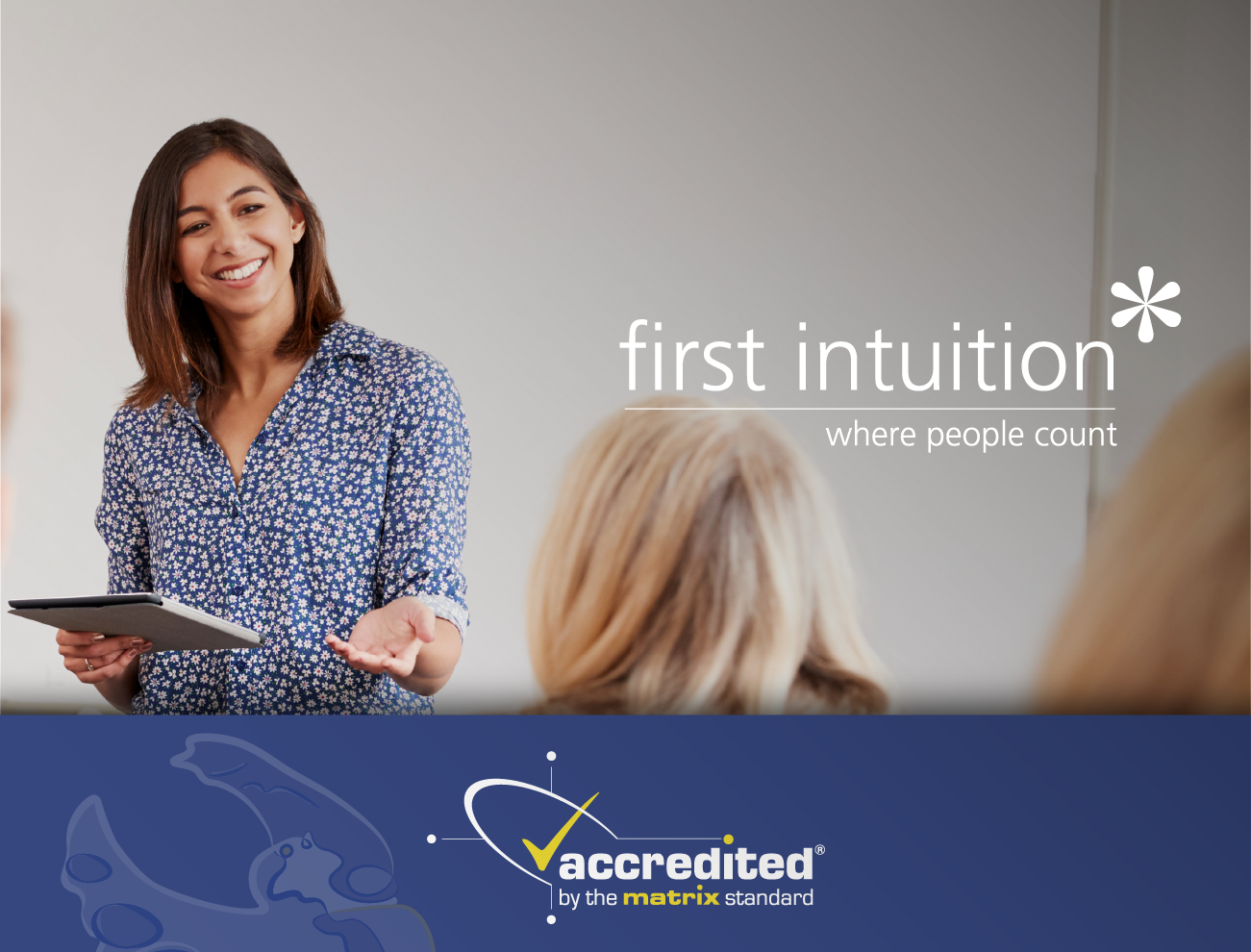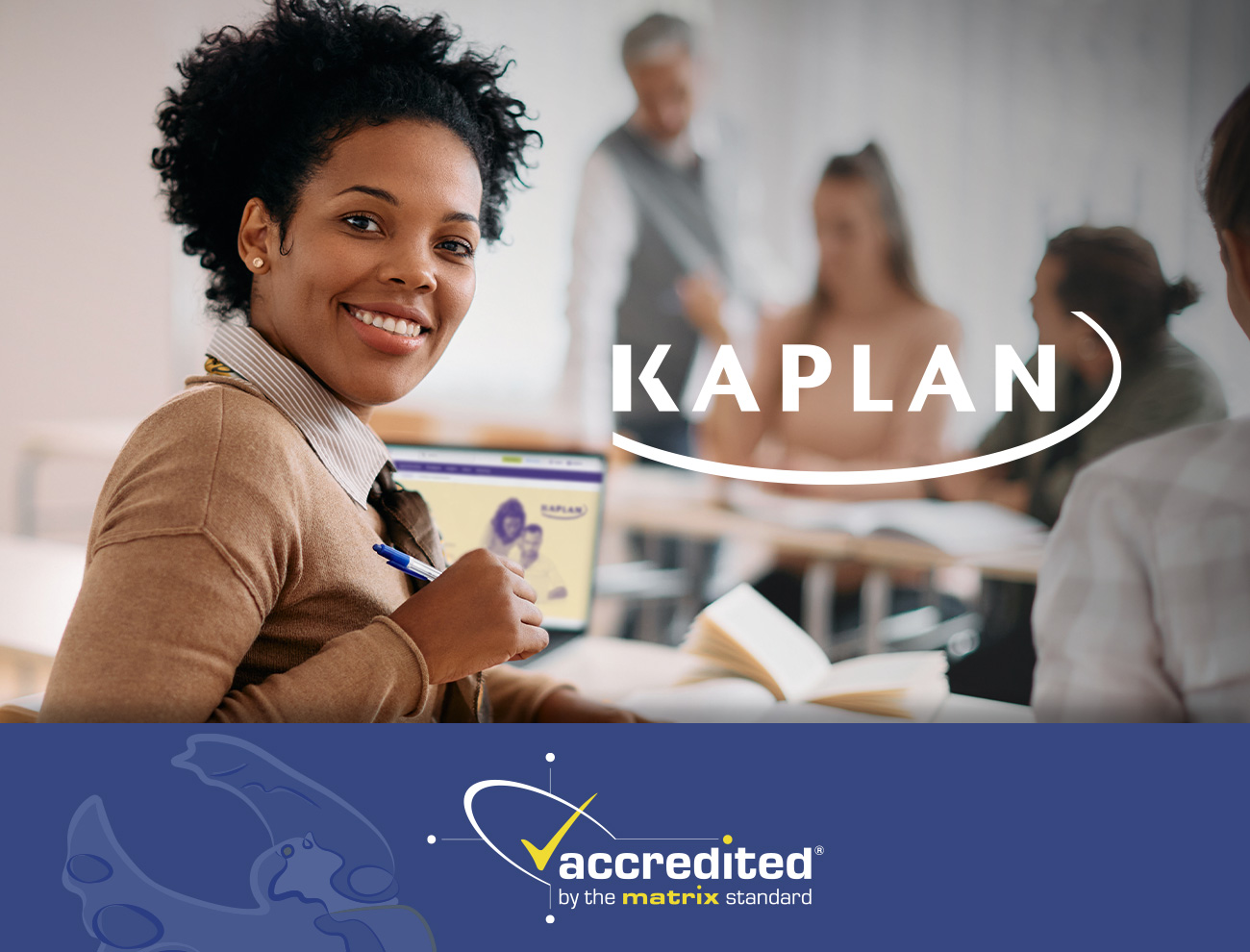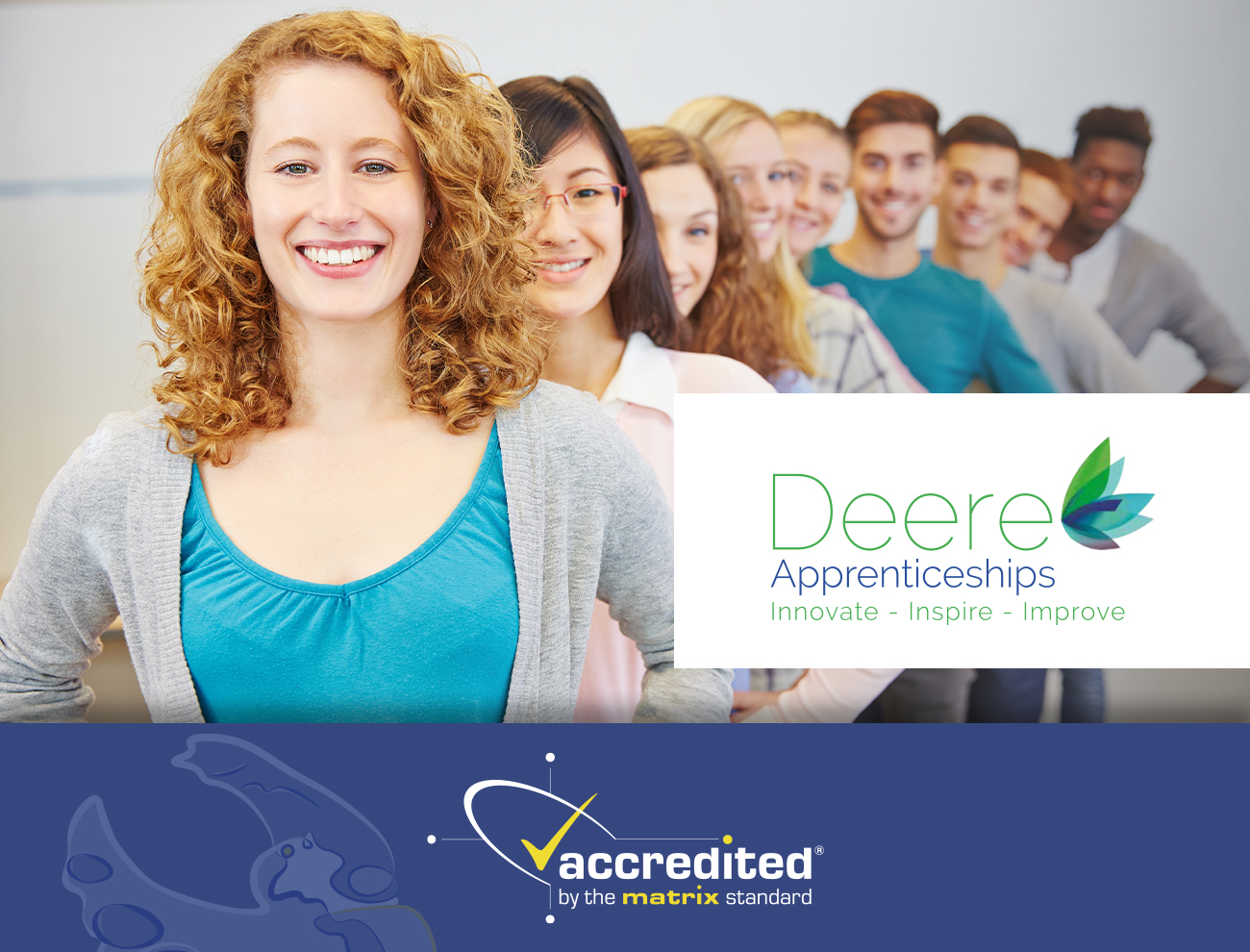
Deere Apprenticeships
Deere Apprenticeships journey to improve their information, advice & guidance through digital transformation. “IAG is and should be something you do without thinking”
Deere Apprenticeships (DA) was founded in 2011 as an adult learning provider and has gone from strength to strength. They have three areas to the business, the first being Deere Apprenticeships which supports employers recruiting employees into a new job role, and it supports employers with existing employees if they wish to build their skills. The second area is Deere Learning which provides support to adults out of work who wish to develop their skills to gain employment. The final area is Deere Commercial which supports employers in the development and training of bespoke sector or role-specific qualifications.
Throughout the pandemic, DA had been on a mission to improve its delivery of Information, Advice & Guidance (IAG). This came in the form of a fundamental digital transformation across the board. We spoke with Carl Hardwick, Operations Director, and Claire Indans, Curriculum & Delivery Manager who told us all about their digital transformation journey and what it means for their future.
matrix Team: Welcome and thank you for wanting to be a part of a case study. I’d love to speak through your journey with the matrix Standard, and how you have evolved since that first accreditation. How long have you been accredited with the matrix Standard?
Carl: Thank you for having us! We are delighted to share our story and how IAG has helped us and most recently how it has propelled us forward to being the best we can be! DA has been accredited with the matrix Standard for the past 9 years, but it is the most recent assessment that we did which has shown the biggest improvement and this is due to the work that the team did during the pandemic.
When the pandemic hit we, like everyone, had to stop face-to-face delivery overnight and figure out how to deliver our courses and training virtually. We were already working on a plan to digitise most of our delivery processes, but it was an early-stage plan that we only spoke about every so often, when we were in lockdown it forced us to think about how we were going to go digital. Claire, the team, and I sat down in about March/April 2021, and we broke the business down into as many small chunks as we possibly could. We looked at how we could digitalise each chunk, but not just digitalising it, how we could then integrate it all together. We looked at everything in our process, from the first engagement right through to the completion of courses, certification, resources, and follow-ups, it was a very daunting task!
We knew we wanted IAG to be at the heart of this project because that is at the core of what we provided. We looked at how to embed it within everything we do, and how to improve it within current areas, we even redesigned our website to be more IAG and digital-friendly. It’s been a significant journey for us since March 2021 and I have to give credit to my fantastic team who have worked so hard and done a fantastic job so far. We aren’t finished with the journey yet, we are in “phase three” at the moment and we are on target which is brilliant.
matrix team: Wow! That sounds amazing, you really have been on a massive journey over the past year to improve your IAG. How have your staff taken to the new digital way of working and have they seen an improvement in your IAG?
Carl: It’s been an interesting concept to get across to our staff, but they have been receptive to both the digitisation and the improvement of IAG. As part of our project over the past year, as mentioned before we looked at how IAG can be embedded within every process, resource, delivery, and action, and now they deliver excellent IAG without realising!
matrix team: The fact that your staff is now delivering IAG without realising is a testament to your hard work over the past year to really embed it within your organisation. So how would you describe your experience with matrix Standard pre-pandemic?
Carl: Now, don’t take this the wrong way but, pre-pandemic I’m sure like other companies we were not using matrix effectively, and we can hold our hands up to that, we were doing it because we had to do it. We would of course always offer IAG and support to our learners, but it felt forced whereas now after the journey we have been on, it comes naturally to us because we understand the framework and how it should be utilised within our business. Having broken down the business into bite-sized segments during those first planning meetings, enabling us the implement IAG within each segment. We want IAG to be an integral part of everything that we do.
Claire: Exactly, and we used the matrix elements to focus our IAG approach when creating our own curriculum along with a massive amount of research because we wanted to get it right for our learners and for the future of DA. By going through this process, we are now able to see and drill down into certain interactions that we have had with learners and see what IAG has been provided which means we know how best to support them in their learning.
matrix team: Brilliant work, this truly has been a huge undertaking for your organisation, and even creating your own curriculum model is fantastic! So as an apprenticeship provider, how has the matrix Standard helped you develop your IAG either before or during the pandemic and your transformation journey?
Carl: matrix has definitely made us more aware of it and the different types of IAG that we give so then we can embed it within our new model. matrix has put IAG at the forefront of every aspect of our development within this transformation process. For example, when we sat down and thought about how we would digitise enrolment, what IAG would we need to get from that form to make sure we match the learner with the right course. It’s allowed us to have a greater understanding of the learner’s current role or situation, and we can then see how we can that map into the criteria for us to then work with that individual to find out their aspirations and what they would like to do at the end of the course.
We have been fortunate that our most recent assessment did take place during our Digital transformation because we were not short on evidence! We made sure to go through the Standard as we were going through our transformation to make sure we understood how we would hit each aspect of each element to make sure we got it when assessment time came around.
Claire: It’s been very empowering going through the Standard this time and seeing how we have hit each criteria of the elements, because of the mountains of evidence we have. It’s been very exciting knowing that we are moving forward and seeing what the future holds.
matrix team: Moving forward and looking to the future of your organisation, do you think that your new digital strategy and curriculum model will be sustainable because of the guidance that matrix Standard has provided?
Claire: Yes, absolutely and they will only great stronger as we move through the next few years and develop them further.
Carl: Yes I agree, but the biggest battle we will have will be getting other companies to come along with us on this transformation. Some companies we work with haven’t gone through a digital transformation and still require wet signatures from clients and learners, which in today’s world should not have so much importance. They will need to understand and accept that this is the way the world is and should be working now.
matrix team: How has the new Digital strategy and model improved or changed how you deliver your courses now?
Claire: Pre COVID we were 100% face to face and during the pandemic we were 100% remote like many other businesses. What I think the digital strategy has done is that it has allowed us to understand how beneficial digital and virtually can be. When we started the planning for the transformation we looked at how feasible and sustainable virtual work could be, and we were concerned that it might not be as effective. Having said that we have had learners go from inquiry right through to end assessment and get amazing grades doing the course completely virtually, so we saw the benefit our hybrid model. The transformation has helped us to see that we can streamline and become more efficient by utilising virtual learning. Before COVID we would be driving all over the place and only see one maybe 2 learners in a day, whereas now we can meet with multiple learners from multiple sites virtually, but also book face-to-face meetings when we feel they would be most beneficial. Everything we do now is much more purposeful and has more structure.
Carl: I’ll just say that from a business side our expenses and outgoings have reduced dramatically, and we have been able to invest that money back into the business and aid in the digital strategy. For example, we have invested in a text messaging service where we can keep in contact with our learners to see how they are doing post-course.
matrix Team: Having gone through this journey of digital transformation and embedding IAG into each area of your business, what new processes have you developed for leadership and management within your teams?
Carl: From being focused and drilling down into each segment we have developed quite a few new IAG processes within our teams and for our leadership and management. We now have a staff training week every January which we ran this year where we had a specific focus on IAG, and this helps us to understand our staff and what they are capable of and what they need to develop in their learning.
Claire: To add to this, we also now have two staff conferences with the second one being in June every year. So, when we started this process and journey, we launched it with the Staff in June last and they were heavily involved from then onwards. We conducted staff surveys and sent out documents where we welcomed feedback. We also now have an emphasis on looking at staff wellbeing, especially after the last two years, so we conducted staff wellbeing surveys and acted on the results as part of this transformation journey. IAG is also a fixed item in any meeting we have so it is always discussed, but it is the sole focus of our monthly standardisation meetings where staff can speak about what they have done that month and get feedback, and it’s great to hear all the positive stories, and see how the staff engage with IAG, understand what it is, and how it is beneficial to the learner.
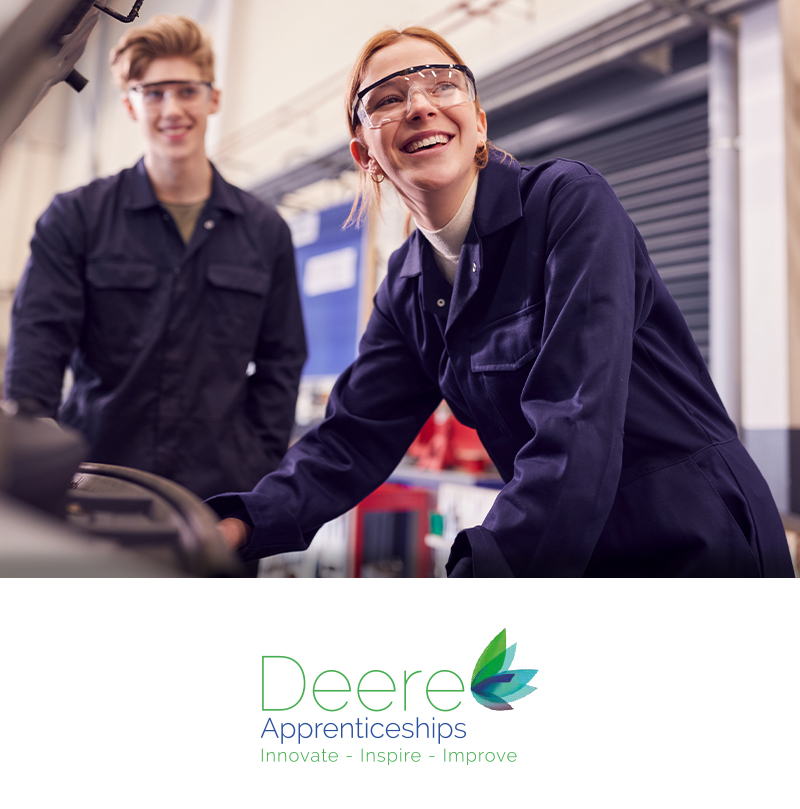
matrix team: What’s your experience been like going for assessment this time round having done this transformation process, have you seen an increase in your impacts and results since your last accreditation?
Carl: Yes, we definitely saw an increase in our impacts and results, and we had an abundance of evidence this time! After going through this journey we understood the matrix process more so it made it a lot easier for us, which then made it a more enjoyable task for all involved.
matrix team: How would you both describe your attitude towards matrix Standard before your journey and now?
Carl: Before it was something that we had to do, but now after going through this transformational journey, very positive. It’s helped us to focus as a business and to develop new and more efficient ways of working. In the future I think a challenge might be understanding where we can go from here, and how we can reach the next level.
Claire: I agree, before this, it was just a formality that we had to do. Now having done all this work I like having the criteria with me so I can see and understand how what I am doing relates to it. It really helps us to focus and gives us direction.
matrix team: We’ve spoken about how other businesses you work with haven’t been through this process, if they decided to evolve how they work and go for the matrix Standard accreditation and they came to you for advice, what would your response to them be?
Carl: I would actively promote it and try to get them to understand that it is not just a tick box exercise or a process you go through because you need or want the quality mark. IAG is and should be something you do without thinking about it and being able to collect the evidence for it along the way.
Claire: Agreed, and actually, very recently, we had a competitor from down the road come to us and asked us to provide some IAG for them and some of their students. We hosted a virtual event for 15 students and the tutor where we talked about the pandemic from an employee and employer perspective, what employers are looking for, how to conduct yourself at an interview, and mental health, and like I said that was for a competitor!
matrix team: That just shows sort of how far you’ve come with the new strategy and people are seeing that as well. It validates your whole journey and the work you have done, you should all be extremely proud, and thank you for sharing your story with us today.
Deere Apprenticeships have also been a part of the Advisory board for the 2023 review of the matrix Standard, and they are writing a book about their journey in the hopes it can help other businesses to transform.
Thank you to Carl and Claire for taking the time to share their journey, Deere Apprenticeships has been on a monumental journey that will sustain them in the foreseeable future.Thanks to the Deere Apprenticeships team for #makingIAGbetter.
